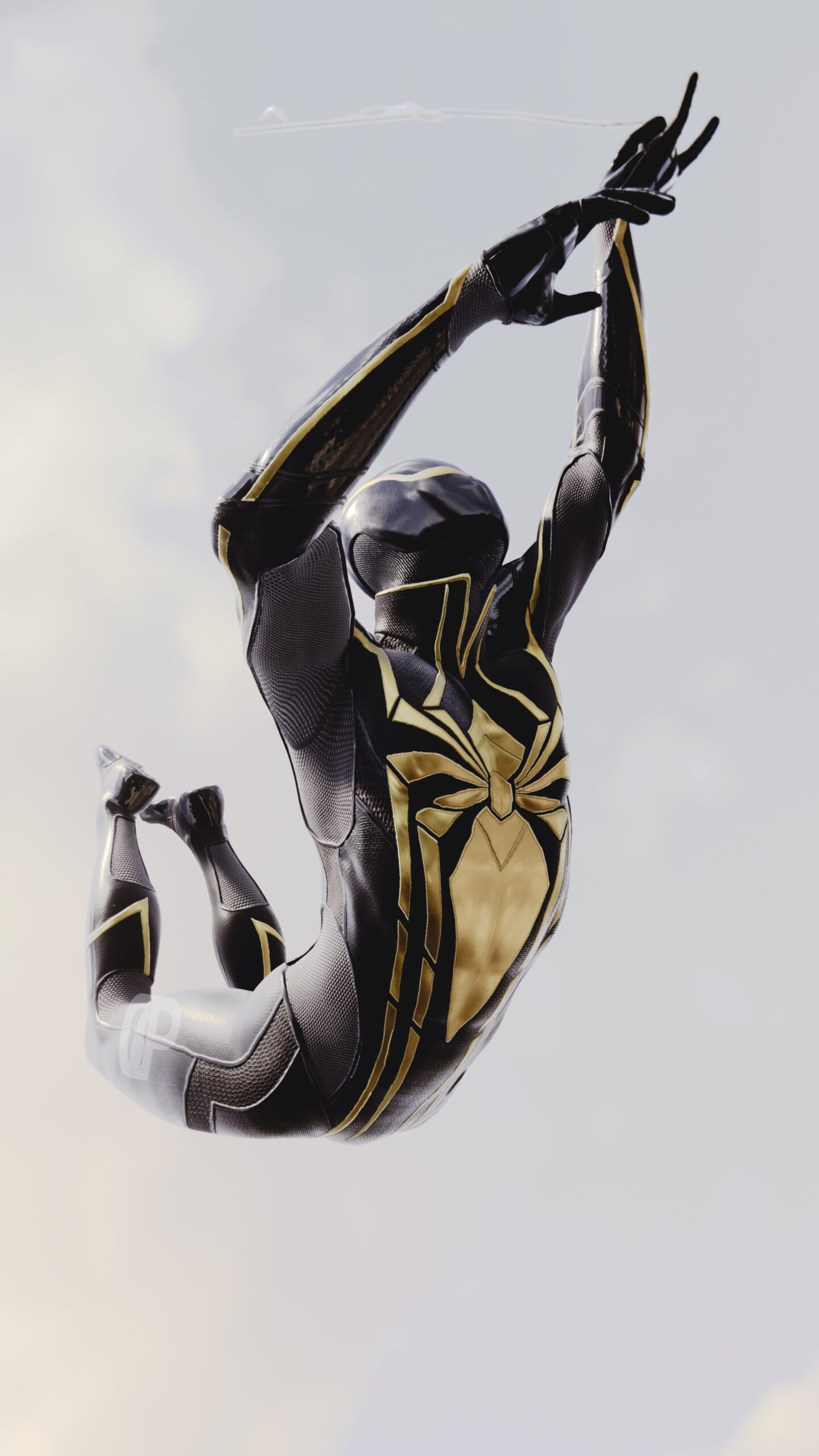Imagine you are at a photo shoot. The photographer is posing the model, adjusting the lighting and camera position to get the right shot.
Then there is the click of the keyboard as they capture the perfect shot, no camera required.
Welcome to the world of virtual photography.
Video game companies are hiring people to take photos and videos from inside their games. These are then used to help plug the game to new players.
So you want to be … a game capture artist
Many large studios are including photo modes in their games. These allow players to pause the game and change setup options, as the camera position, lighting and character position.
Recent video games such as Horizon Zero Dawn (2017), Marvel’s Spider-Man (2018) and God of War (2018) all have a photo mode.
The rise in photo modes is driving an increase in virtual photographers.
Dana, or DP_Dwarf, takes virtual photos as a hobby, focusing on shots of people.

Dana’s advice to budding virtual photographers is to realise which kinds of shots come naturally.
And, she says, it’s about practice—loads of practice—and patience.
“Be patient and give it time,” says Dana.
Extending on from this is the ability to capture video from within some games to create action-based trailers and TV ads.
Videos are also used for in-game cinematics and internally within the company to assist in game development.
Becoming a professional game capture artist requires general photography or cinematography experience, as well as knowledge of artistic concepts such as framing, colour and lighting.
Hugo Segobia makes videos from within video games such as World of Warcraft.
Hugo says a good game capture artist needs to master the full pipeline, what you want to show, how to show it and how to edit it.
“You also need to have a passion for video making in general (cinema, clips, reels etc.) … so a cinematic education is a plus,” says Hugo.
Game capture artists are able to reveal the artistry within the games they’re playing. In 2017, there was even a Horizon Zero Dawn photography exhibition at the PAX Aus gaming convention.
https://twitter.com/JesseCox/status/924446135678148608
So you want to be … an emote artist
If you are just not that into photography, there is also a boom in illustration work creating emotes.
Emotes are custom-made emojis used in the chat rooms on the streaming website Twitch. Streamers use custom emotes as perks for their paying subscribers.
Kier Collins, also known as Tricksy Pixel, has been doing graphic design and illustration work for 10 years.
Kier created some emotes for a friend who was a Twitch streamer. Not long after, word of mouth spread, and she was taking commissions to create emotes.

Kier now receives more commissions to create emotes for Twitch streamers than other illustration work.
“My illustration work is definitely a side job, but it really does help my family and me stay comfortable money wise,” says Kier.
“I would say, on average, it makes about 20% of my personal income each week just on emotes,” says Kier, although she notes it can be very irregular work.
How much does it cost to commission your own emote? About $30 to $50 for each one, depending on the style and complexity.
What a way to make a living
Although for many people these activities are hobbies, they are quickly becoming viable job options. Large video game studios like Blizzard and EA are now advertising for full-time game capture artists.
We’ll let Hugo help fuel your ambition:







